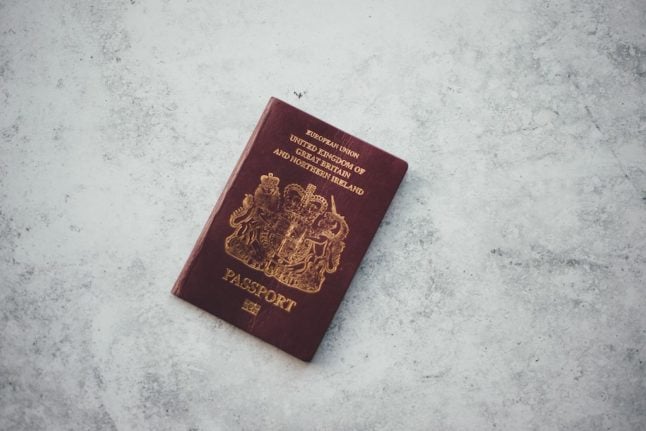The UK Foreign Office has launched a new website for those anxious Brits expats who live in Europe and fear the consequences of Brexit.
This week saw the launch of a new webpage specifically designed to keep expat British nationals informed about changes that Brexit might bring.
But with no idea yet when and what form the UK’s withdrawal from the European Union will take, the website offers a simple message: Keep calm and wait and see.
“The negotiations to leave the EU may take up to two years or more,” the website states.
“The government has made clear that we want the legal rights of British nationals living in European countries, as well as EU nationals in the UK, to be properly protected.
“In the interim there will be no immediate changes. During the period of the negotiations, the UK remains a full member, entitled to all the benefits and obligations of membership of the EU.”
The webpage includes information on passports, pensions, healthcare, and also has a link to some general information on applying for dual citizenship.
The message is clear: whatever is on the cards for the next few months and years, just remember that right now nothing has changed.



 Please whitelist us to continue reading.
Please whitelist us to continue reading.
Member comments